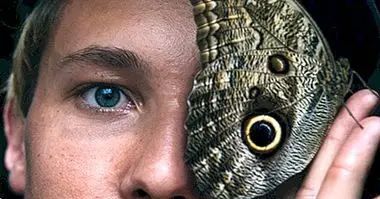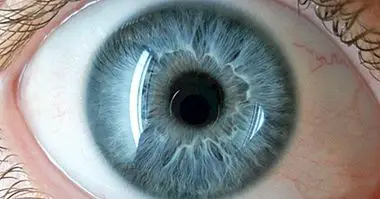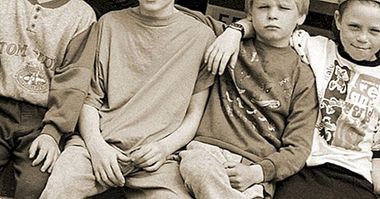Sensitization, a form of pre-associative learning
In a previous article, we talked about pre-associative learning as the mechanism that species use to respond to environmental stimuli and focus on the process of habituation.
On this occasion, we will talk about the second type of pre-associative learning: awareness .
What is awareness?
We understood habituation as the diminution of response of an organism to a stimulus by continuous presentation. Sensitization constitutes the opposite process , since it consists of the increase of the response of an organism to a stimulus by the mere presentation of it. That is, to reach a state of increasing activation when receiving a type of stimulus.
For us to understand, the most representative case is the hated "beep-beep" of the alarm clock, which when it sounds, deeply alters us. The tantrums of a child, the sound of the ambulance, the screams ... are environmental stimuli to which people usually react in an exaggerated way, so it is said that we are sensitized to them. It is easy to become sensitive to the aforementioned stimuli, since they are very disturbing stimuli. The greater the intensity of the stimulus, the greater the sensitivity to this .
When awareness does not depend on the intensity
There are, however, a series of stimuli that are not characterized by being intense and yet we are sensitized to them. A good example of this are those things we say that give us "grimace", which can be very particular such as touching your hair when it is wet, the crunching of bones or more extended as scratching the board with nails or chewing silver paper .
In general terms, When someone is in a state of high activation, the process of sensitization to environmental stimuli is accentuated . When we are angry, subjected to a lot of stress or with a huge Sunday hangover, any stimulus from the environment is capable of altering us and turning us into real beasts.
From now on, when we see someone very susceptible, we must understand that he is in a moment of high awareness with the environment in which he finds himself, so it will be better to let him enjoy the silence.
Combining habituation and sensitization
The same stimulus can cause habituation or sensitization, depending on the intensity and the person's learning history.
For this reason, we act with surprise when an acquaintance of ours reacts exaggeratedly to stimuli that we have not even come to perceive. In those cases, we are used to them, while the other person is sensitized to the stimulus.
The duration of the process
In most cases, sensitization only occurs in the short term , since in this way it allows to enter a state of alert before new and potentially dangerous phenomena.
However, it can become chronic, which is a problem. If its duration lasts for a long time, sensitization may cause future stressors to appear, which are in danger of being associated with other stimuli of the environment due to classical conditioning and may lead to future phobias.
Concluding
Even so, not everything that makes us react is bad . Going on the street and automatically recognizing faces of acquaintances, or receiving the caresses and contact of someone we wish to make us more and more pleasant, makes us reconcile with this mechanism inherited from evolution.
It is necessary to understand that this process is highly adaptive , since it allows us to focus attention on stimuli that could put us in danger. However, we no longer live in caves or are surrounded by predators so in an advanced society, this learning mechanism present in all species, often plays against us.



















